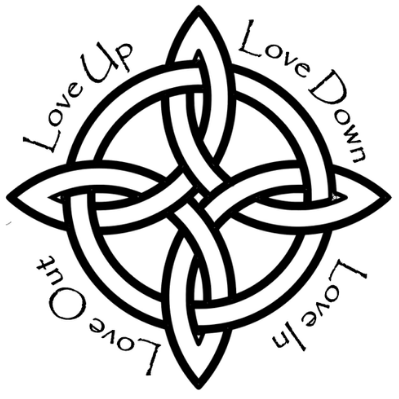He [Jesus] was supreme in the beginning and—leading the resurrection parade—he is supreme in the end. From beginning to end he’s there, towering far above everything, everyone. So spacious is he, so roomy, that everything of God finds its proper place in him without crowding. Not only that, but all the broken and dislocated pieces of the universe—people and things, animals and atoms—get properly fixed and fit together in vibrant harmonies, all because of his death, his blood that poured down from the cross.-Colossians 1:18-20, The Message
It has taken ten days, but I am finally writing about “reconciliation.” I started by writing about integration on March 16 and then followed up writing about wholeness on March 20. As I indicated, these concepts are important and how I think about life, and, they are in many ways connected, though I do think about them in slightly different terms.
Reconciliation, in my thinking, is closely tied to integration and wholeness, but implies a broader understanding. In the first chapter of Paul’s letter to the Colossians, there is a magnificent description of the “preeminence of Christ” in verses 15 to 20. In the final verse, we discover that in Christ, all things are being reconciled. What are those things? As Eugene Peterson suggested, “people and things, animals and atoms.” Redemption goes beyond the forgiveness of individual sins or restored relationships with people. In reconciliation, God is making all things new.
Yet God does not exclude us from this process. According to 2 Corinthians 5:18 we, as Christ’s ambassadors in the world, have been given “the ministry of reconciliation.” We have been invited to become agents of integration, wholeness, and reconciliation by pointing people to the love of Christ and the hope of reconciliation, which is so much bigger than the forgiveness of sins.
It is no less than God making all things new.

